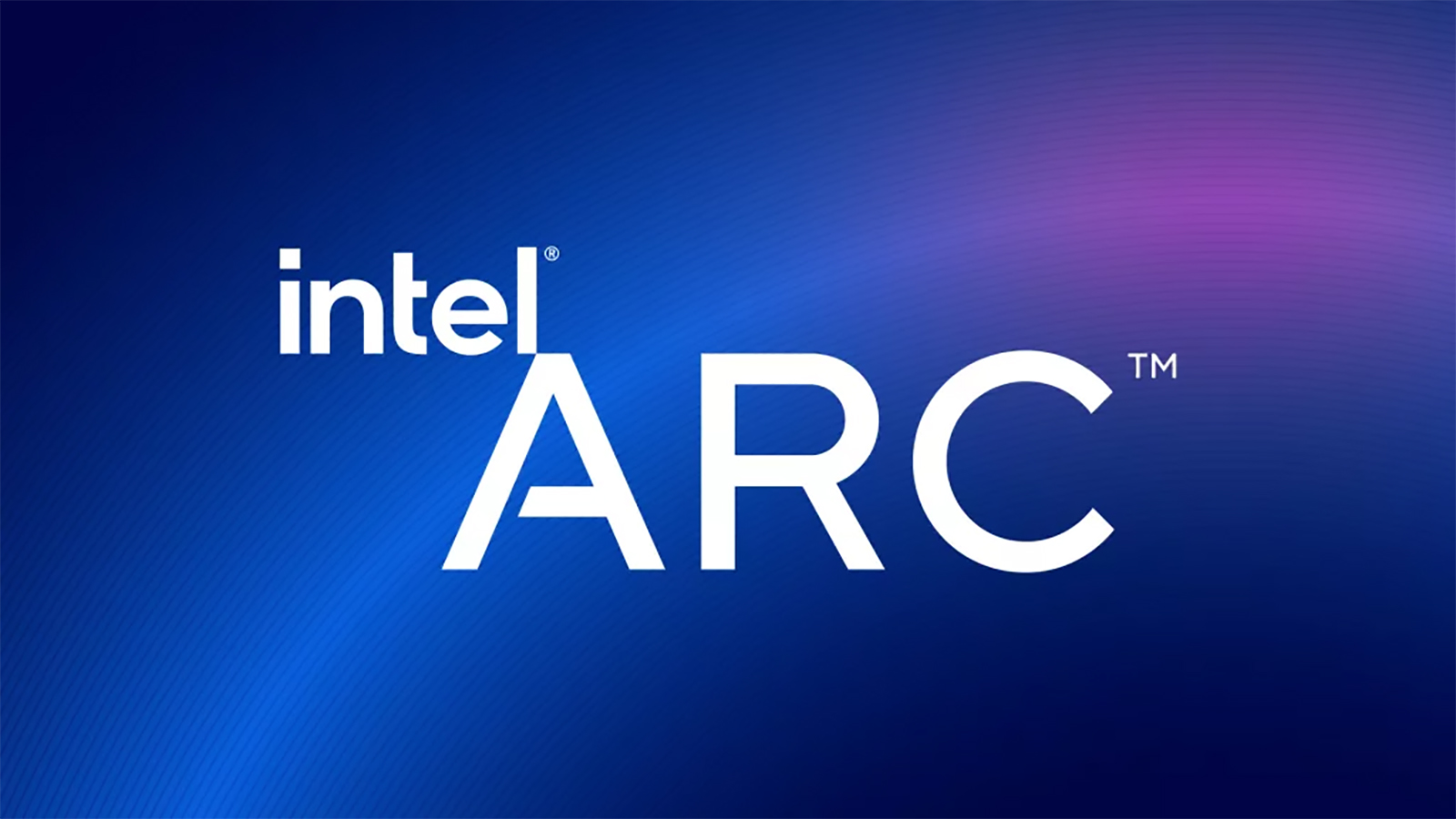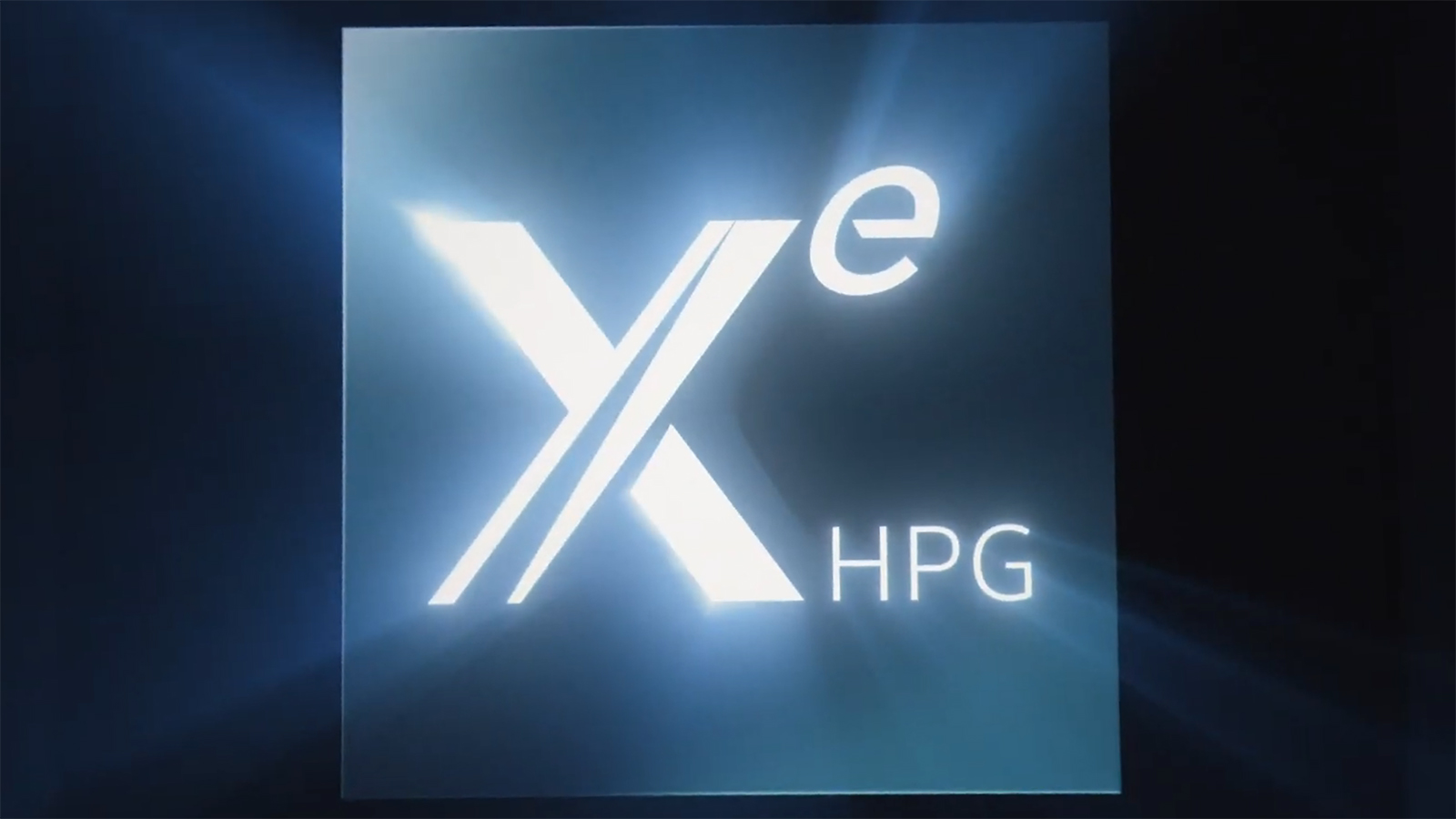Intel Arc: everything we know about the new GPUs
Team Blue is coming to challenge Teams Red and Green

Intel Arc has made its official debut in China and nowhere else in the world, unless you count India’s Dell Precision 5470. But do AMD and Nvidia have anything to fear from Intel’s latest player? And will Intel Alchemist Arc or any of the other Arc cards make it onto our best graphics cards list?
Intel has been making discrete GPUs for years now, in the form of the Intel Iris Xe series, which those efforts have been very impressive and successful. But now Intel is staking a claim in the graphics card market and can only hope that its foray into uncharted territory will be just as successful against rivals AMD and Nvidia.
We still haven’t gotten our hands on the Intel Arc graphics card yet, but the wait shouldn't be too much longer since the global release date seems to be later in 2022. But what do we know about the Intel Arc? Let’s take a look.
Cut to the chase
- What is it? Intel’s line of discrete graphics cards
- When is it out? A few are out in China and India, with the rest possibly later 2022
- What will it cost? Nothing confirmed as of yet
When is Intel Arc going to be released?
The Intel Arc A3 was released in China, with general plans for a global release but no concrete launch date was stated for the cards. The only other region that has an Arc Alchemist card available is India, in which the Dell Precision 5470 can be outfitted with an Arc Alchemist A370M Pro.
So far in China, we’ve seen one other version of the Arc Alchemist cards, the A380 Photon, which is an entry-level graphics card similar to Nvidia’s GTX 1650 Super. Other than one of the cards in India, we haven’t seen any other Alchemist variations of the Arc series in the wild yet. There was a flagship GPU teased in a press release which could possibly be the Intel A770 or A780 GPU, but nothing else is known.
Most likely in total, there will be three cards competing against Team Green and Team Red, one each for the high-end, midrange, and low-end cards. Each one would of course feature different amounts of VRAM and core counts.
When Intel eventually releases its Arc series outside of China, we should see some competition specifically against the RTX 3070 and RX 6700 XT, as we already have one pitted against a low-range card. But it’s open whether Team Blue will have something for the RTX 3080 and RX 6800 XT, let alone the RTX 3090 and RX 6900 XT.

How much will Intel Arc cost?
So far we’ve only seen pricing for the Arc Alchemist A380 desktop range from JD.com, a major Chinese retailer and the prices were pretty steep: 3999 yuan (around $600 / £490 / AU$850).
As for the low-range models, there hasn’t been anything official but most likely, they will be priced around the same amounts as competing AMD and Nvidia cards in order to remain competitive.
An interview with Russian YouTube channel Pro Hi-Tech, that was subsequently taken down, saw Intel senior vice president of architecture saying that Intel Arc would aim for the mainstream market, which begins around $200 (about £165, AU$300).
After that, Intel clarified that Koduri meant the general mainstream market for graphics cards starting at that price and not in reference to any specific future Intel graphics cards. Which does seem to match Intel’s strategy, as that’s the market it’s targeting in China and India.
There was some speculation about pricing from Tom’s Hardware concerning the A7 series, but these are rumored pricing and should be taken with a pinch of salt.

Intel Arc specs
There’s no real official data for Arc specs except for Intel’s claim that the A380 was up to 25% better than AMD’s RX 6400, though the actual numbers were never revealed. Plenty of conjecture follows from this, including that the raw performance gains of the A380 won’t be more than 5% higher than the 6400. There have been other leaked benchmarks and testing as well, which show disappointing results for the card.
There are some features we do know about the Intel Arc, courtesy of Intel itself. During Intel's recent Architecture Day event we learned that Intel Arc will be seriously competitive when it comes to real-time ray tracing, AI super sampling technology – directly competing with Nvidia DLSS and AMD FidelityFX Super Resolution – to upscale graphics, and mesh shading.
Intel released a video demonstrating its latest tech during its Intel Arc announcement and it definitely looks impressive.
We also know that the Intel Xe-HPG architecture that Intel Arc is based on features an execution core count of 4096, which is higher than both the AMD RX 6700 and RX 6800, though this falls short of that of the Nvidia RTX 3070.
Sign up for breaking news, reviews, opinion, top tech deals, and more.
If Team Blue can get the pricing right on Intel Arc, it could easily pose the greatest challenge to AMD, and even supplant it for second place in the graphics card market as the graphics card to get if you are in any way budget-conscious.
- These are the best cheap graphics cards of 2022

Jackie Thomas is the Hardware and Buying Guides Editor at IGN. Previously, she was TechRadar's US computing editor. She is fat, queer and extremely online. Computers are the devil, but she just happens to be a satanist. If you need to know anything about computing components, PC gaming or the best laptop on the market, don't be afraid to drop her a line on Twitter or through email.